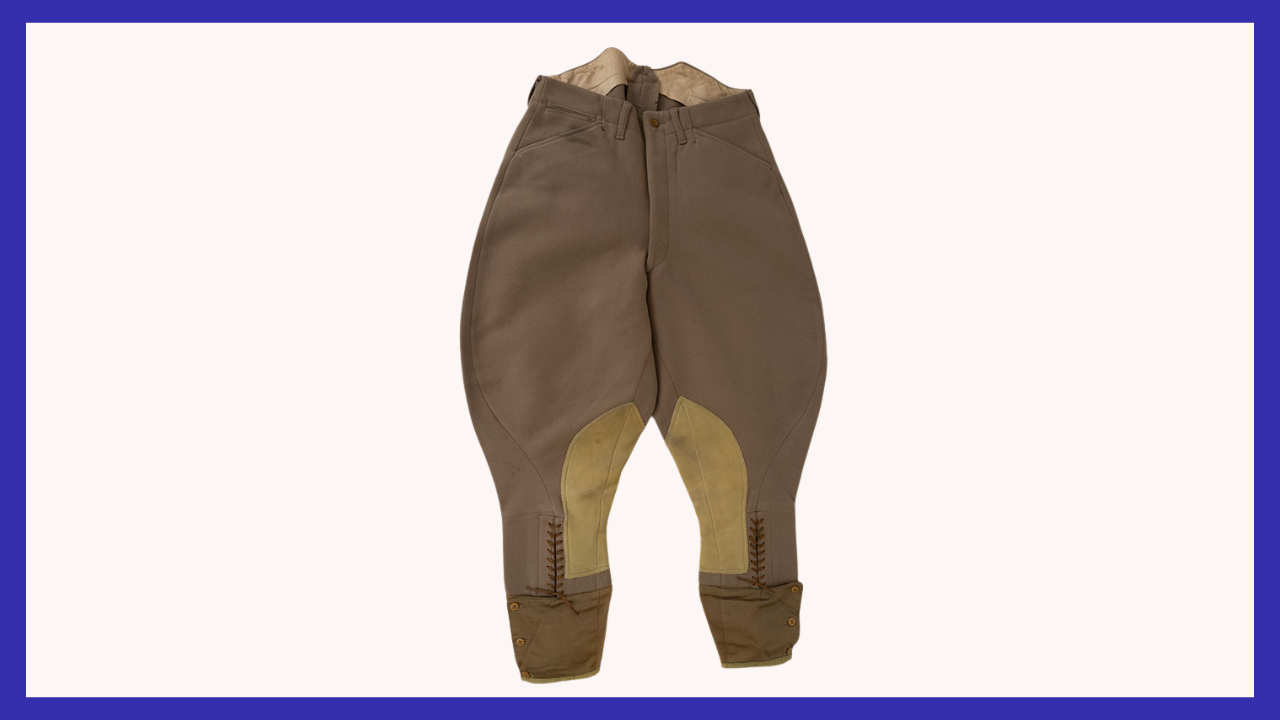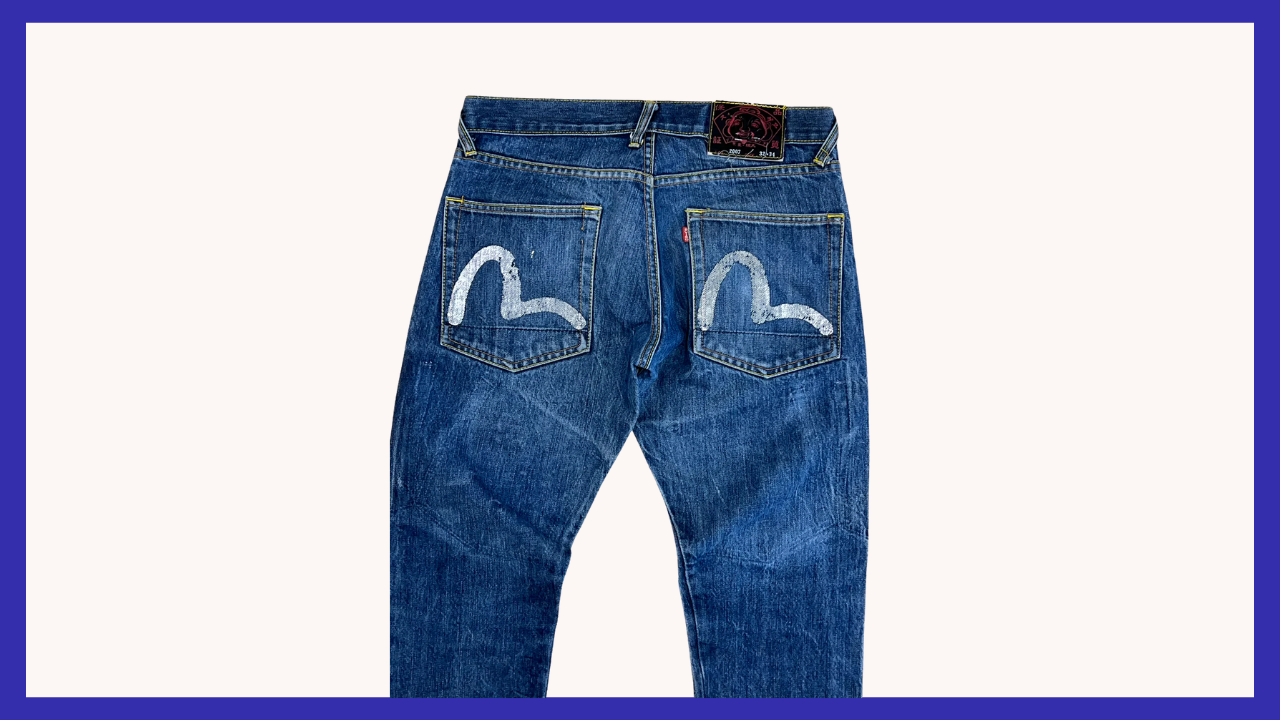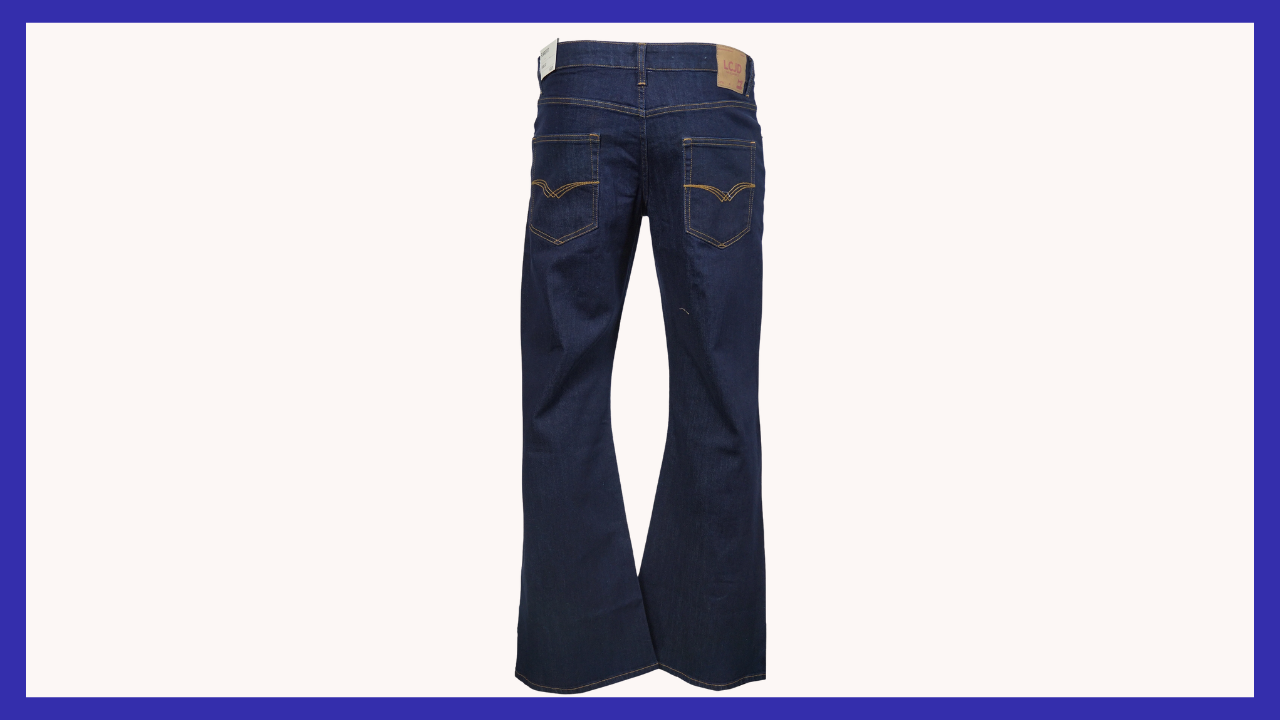AllVintageStyles
The Ultimate Vintage Fashion Encyclopedia
Jodhpurs

Fitted riding pants that flare at the hips and taper at the ankles, adapted from Indian traditional riding wear into British equestrian fashion for horseback riding functionality.
Quick Facts
- Era: 1920s (peak popularity 1920s-1950s)
- Origin: India (traditional riding wear, British colonial adaptation)
- Garment Type: Functional riding pants with equestrian-specific construction
- Key Identifiers: Hip flare, ankle taper, fitted thighs, riding-specific reinforcement
- Typical Resale Price: $80-$450 (authentic vintage pieces)
- Best For: Equestrian collectors, British heritage enthusiasts, riding sport advocates
History & Evolution
Jodhpurs originated from traditional Indian riding pants worn in the state of Jodhpur, where practical horseback riding clothing featured distinctive silhouettes that provided comfort and functionality for extended time in the saddle. British cavalry officers and polo players in colonial India adopted these practical riding garments, appreciating their superior comfort and movement compared to traditional European riding breeches. The style represented functional adaptation of regional clothing traditions for specific sporting and military requirements.
The 1920s and 1930s established jodhpurs as essential equestrian wear when British riding culture and international polo competitions popularized the style throughout Europe and America. The distinctive silhouette became associated with sophisticated riding sports, military horsemanship, and upper-class leisure activities, appealing to riders seeking functional yet elegant alternatives to traditional riding breeches. Savile Row tailors and specialized riding outfitters created versions that emphasized proper fit and riding-specific construction details.
The 1940s and 1950s maintained jodhpurs as standard riding wear while adapting to changing equestrian needs and modern riding styles. The style survived in specialized riding contexts throughout subsequent decades, representing authentic connection to equestrian tradition and functional riding requirements. Contemporary riding wear continues jodhpur principles with modern materials, but vintage pieces offer superior traditional construction and authentic proportional relationships reflecting original riding functionality and British equestrian heritage.
Authentication Tips
Authentic 1920s-1950s Features:
- Quality wool gabardine or cotton twill construction with proper riding weight and durability
- Functional riding-specific details including reinforced inner leg areas and proper seaming
- British equestrian tailoring with authentic riding proportions and professional construction
- Riding outfitter labels or military contractor manufacturing with equestrian specifications
- Proper closure systems including lacing at ankles or button/strap ankle closures
Common Reproductions/Modern Pieces:
- Lightweight fashion fabrics inappropriate for authentic riding functionality and durability
- Simplified construction without proper riding reinforcement and equestrian-specific details
- Modern fashion proportions inappropriate for authentic riding function and traditional silhouettes
- Generic fashion labels without connection to authentic equestrian or military heritage
- Decorative styling elements inappropriate for functional riding wear and sporting requirements
Styling & Use Cases
- Best for equestrian collectors: Display as examples of authentic riding wear and British equestrian tradition
- Ideal for riding activities: Use for traditional hunting, polo, and classical equestrian sports requiring authentic riding attire
- Perfect for heritage enthusiasts: Combine with period-appropriate riding accessories for complete equestrian presentation
Modern styling tips:
- Respect the garments' authentic riding heritage and functional equestrian purpose
- Choose traditional riding accessories that honor the jodhpurs' sporting and military origins
- Focus on equestrian activities and heritage contexts rather than casual fashion interpretation
FAQ
Q: How can I tell if jodhpurs are authentic vintage riding construction?
A: Check for quality wool gabardine or cotton twill with riding durability, functional riding-specific reinforcement details, British equestrian tailoring with proper proportions, riding outfitter or military contractor labels, and authentic ankle closure systems designed for riding boots.
Q: What's the typical price range for vintage jodhpurs?
A: Authentic vintage jodhpurs range from $80-450 depending on tailoring quality, military provenance, and condition. Savile Row or documented military pieces command higher prices among equestrian and British heritage collectors.
Q: How should I care for a vintage jodhpurs?
A: Professional dry cleaning preserves riding fabric and construction, store on proper hangers to maintain riding proportions, handle reinforced areas carefully to preserve functional details, and avoid alterations that could compromise authentic riding fit and functionality.
Q: What makes vintage jodhpurs valuable to collectors?
A: Authentic equestrian heritage representing functional riding wear and British cavalry tradition, superior riding-specific construction with genuine equestrian reinforcement, cultural significance in colonial period fashion adaptation and sporting history, and documentation of practical clothing evolution from regional traditional wear to international riding standards through British equestrian influence.
📷: Ballyhoo Vintage



